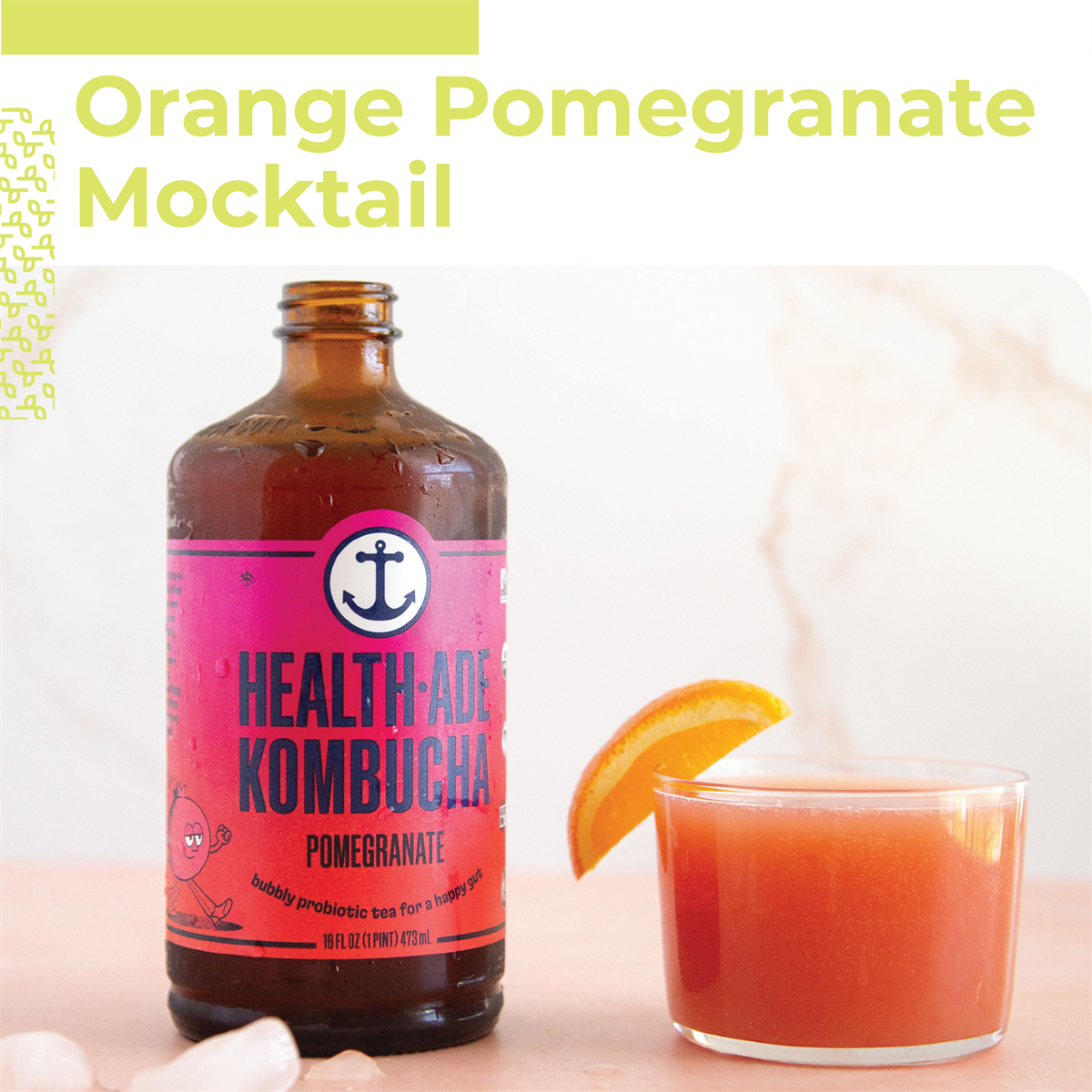Try adding a few touches to the space around the dish. If you’ve got some bread on a cutting board, a bread knife and a few intentionally placed sprinkles of crumbs will make it look more natural.
If it’s a cup of coffee, a nearby book or laptop peeking into the shot will give it a cozy, at-home or at-work vibe.
Say you’re promoting a brand in your store. Placing the ingredient packaging in the backdrop will do the job!
 Pairing the made recipe with the featured product can be a great promotion
Pairing the made recipe with the featured product can be a great promotion
However you decide to arrange, start small and take lots of variations. Add in a sprinkle of crumbs and snap a shot. Then add the bread knife or a handful of coffee beans by the mug. A simple shot of the dish alone works great, but some well-placed extras can really draw the viewer in.
The Execution
Alright, alright, alright! Your dish is lookin’ mighty purdy, the backdrop complements it just right, and you’ve chosen a few tasteful decorations to flavor the shot.
It’s time.
The first thing to remember is that natural light is your friend. If you’re doing this in your store or at home, try setting up by a window that gets good light. We like to push a table right up to the windowsill and open the blinds.
However you use the light, whether you’ve got a diffuser one might find in a studio, or a window and a flashlight, be mindful of shadows. Since we use a DSLR, we use a tripod to get the camera right above the dish.
Furthermore, pay attention to how bright the photo is. If you’re using white dishes, it can be easy to overexpose (to let in too much light) and get a washed-out look. Experiment by taking photos at different exposure (or brightness) levels to find the one that will give the best details.
On a smartphone, this can be done by tapping different parts of the subject in the camera app and sliding your finger up and down, which adjusts the exposure.
When you’re above the dish, it can be difficult to avoid casting a shadow over it. An inexpensive light reflector can help negate some of the shadows, but you can also simply shoot opposite from the light.